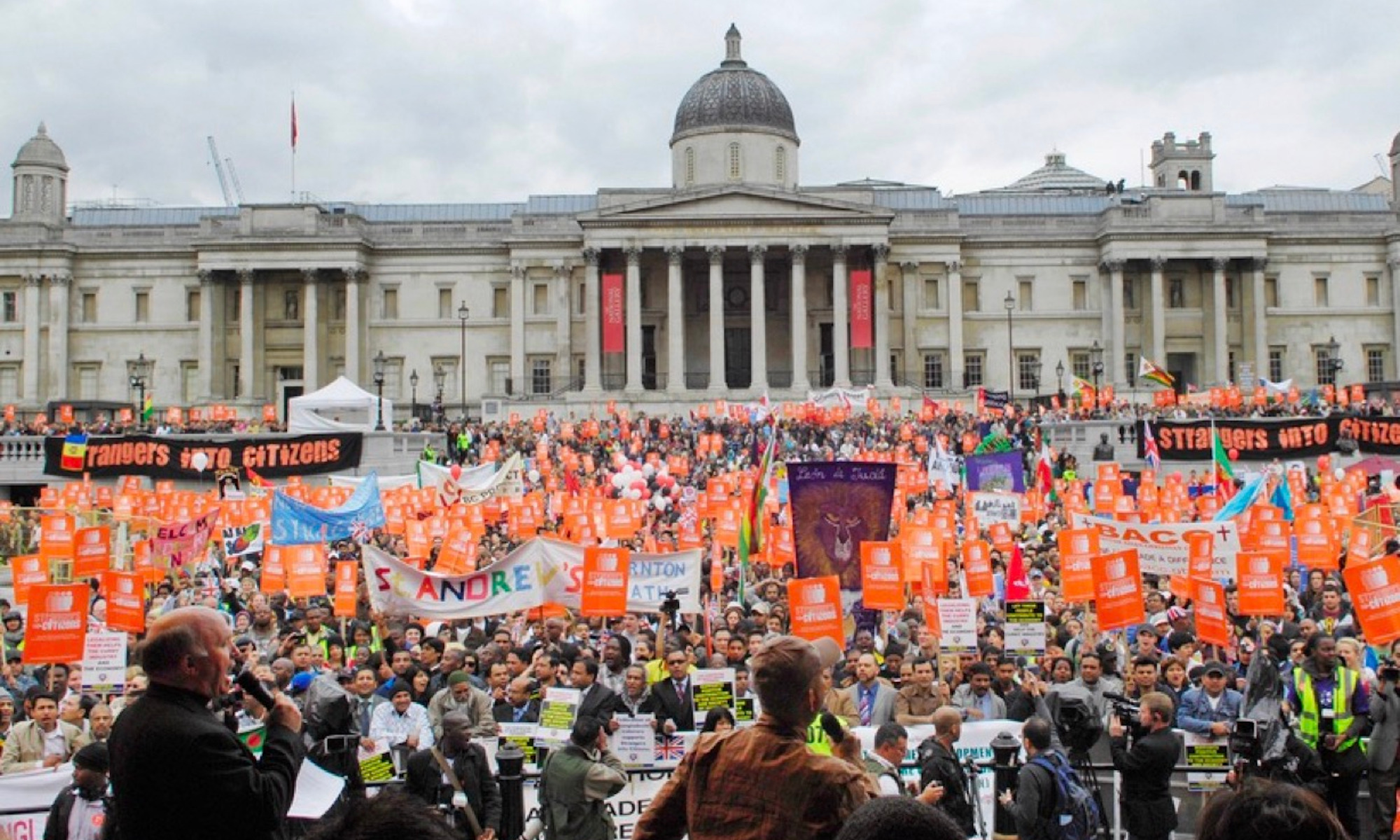Since there were no “Tallis Street Views” pertaining to the Kensington Vestry, I decided to select the following view of Oxford Street near Hyde Park near the intersection with Park Lane as a source of examination:

There are many terrace buildings in this section of Oxford Street, suggesting it is a hustling and bustling locale. However, in this part of the street there doesn’t seem to be quite as many businesses as further down, suggesting that perhaps this was the bridge between a more residential and commercial area. The proximity to Hyde Park suggests that this was a sort of “in-between” space, connecting the busy hubbub of one of the major streets of the city to the natural, less crowded park space. The side of the street pictured above is filled with tall buildings of an even height, while the opposite side of the street shows buildings that were more uneven. On this side of the street a boot-makers shop can be seen – the first building in a string of stores that continue well down Oxford Street.
I imagine that the smell of greenery would waft from the park over to this part of the street and would provide a sort of floral scent for people passing up and down. I would hear carriages as they traverse the street and exit in and out of the park. Wheels would turn over gravel-paved roads and I would hear the sound of horses trotting and snorting as they carried passengers to and fro. The sound of voices would fill the air as citizens converse as they walked up and down the street and wandered in and out of stores.

Not far from this location lay the Bethlehem Hospital. This hospital existed in various forms as early as 1247 but opened at its St. George Fields location in 1807, after its former premises were deemed unsafe. It was originally built for a capacity for 200, although some extensions were made during the century to accommodate up to 400 patients. Criminal patients were moved to Broadmoor in 1864. In 1930 it moved to its current site in Kent. It is the oldest psychiatric institution in the world. The nineteenth-century premises are now the Imperial War Museum.
The premises of Bethlehem Hospital are grand and imperial. The gates cast an ominous ambience over the establishment, while the extensive fencing and hedging reinforces the hospital’s desire to keep patients in and the general public out. The building itself is imposing, its image of grandeur projected mainly through its Ionic columns and large dome. A passer-by may have a sense of wariness as they walked past this hospital, marvelling at the architectural magnificence of the building whilst simultaneously becoming unnerved by the knowledge of its purpose as an asylum for the insane.
